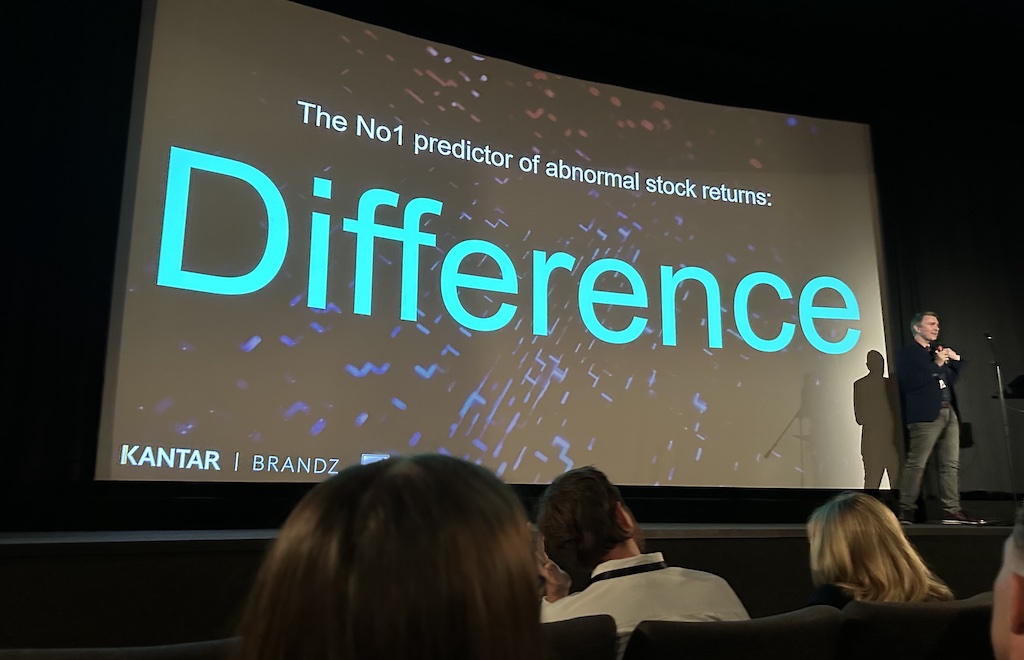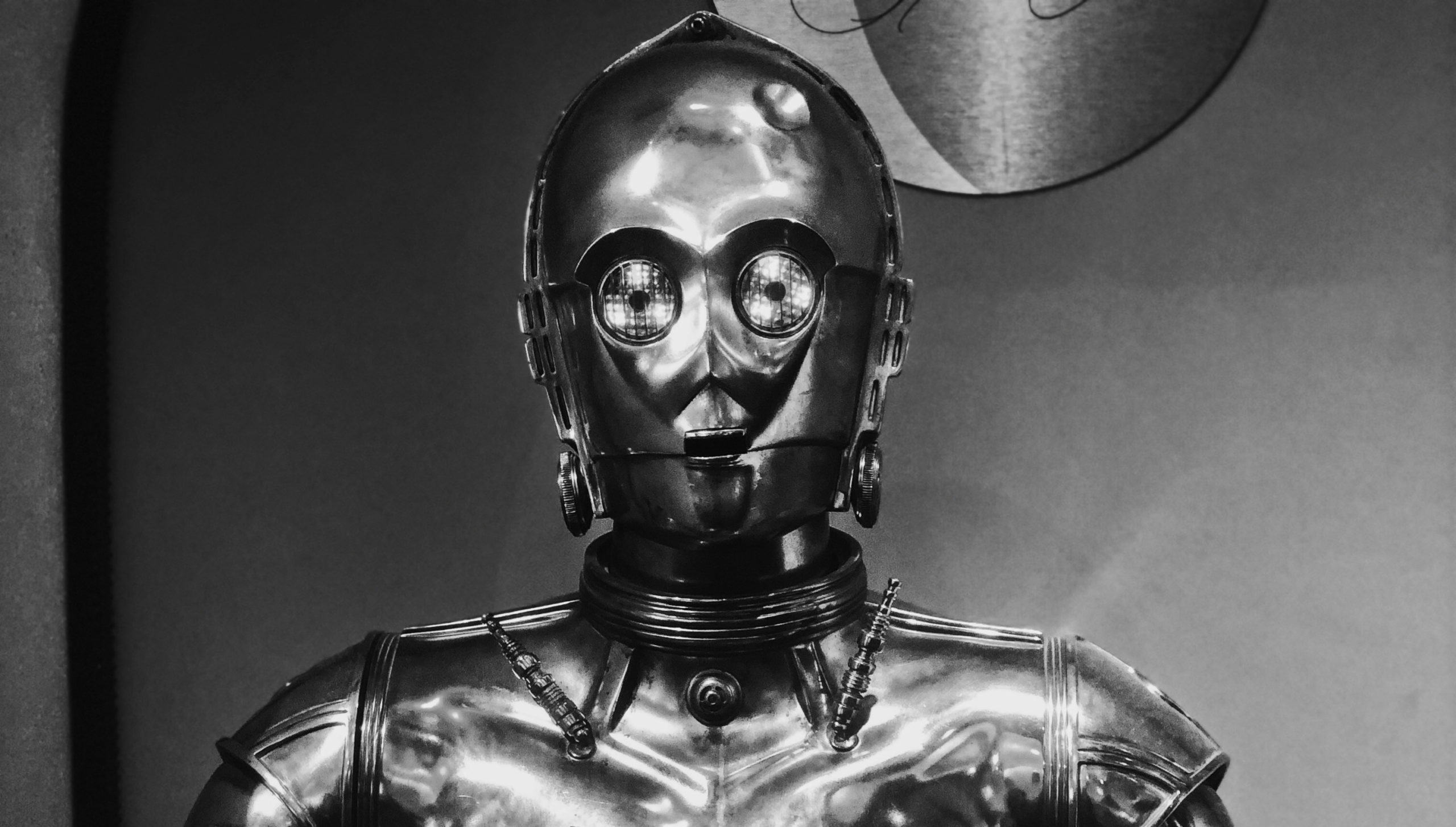In his book Thousand Brains Theory, Jeff Hawkins sets out a radical new theory of the neocortex – how the brain prefers unexpected attention.
Jeff is notable among those of us with a technical bent as he was the founder of Palm computers. If you remember, these were the precursor to the modern smartphone. They were almost the future once… but, as it turned out, not quite. Jeff however made his fortune in Silicon Valley before going on to found the Redwood Center for Theoretical Neuroscience.
What is Jeff’s theory… And why should a marketer care?
The thousand brains theory postulates that the brain (or rather the neocortex, the human brain’s most recent evolutionary adaptation) is a prediction machine. Or rather hundreds of thousands of prediction machines – constantly predicting what input it should expect at any moment in time.
What this theory tells us is that perception, learning and intelligence are all about our neocortex’s prediction model. What our neocortex expect to sees influences how it interprets its thoughts and impressions. The brain, it would seem, is hardwired to focus its attention on this difference between expectation and reality. The bits that don’t fit are the bits that get noticed.
What can we as marketers take from this new theory of how the brain works? That the unexpected and the unpredictable are where attention is focused.
Now there has been a lot talked about attention metrics recently, and heated discussion as to how best to measure and value attention. I have also heard lots of unscientific nonsense, such as the idea that you only recall something if you have been exposed to it for a minimum number of seconds. A theory easily disproved by a quick slap round the face – which takes less than a second. But which I am sure you will be able to recall many weeks later!
Whether that is a unexpected visual experience when seeing an ad, or an unexpected message from a brand, in terms of attention it could pay to be surprising and unpredictable.
Meaningful difference
This idea seems to have echoes in the latest research from Professor Andrew Stephen and the team at Oxford Said Business School.
I had the pleasure of attending Kantar’s Ignite 2022 event last week where I heard Prof. Stephen present the results of this research undertaken in partnership with Kantar on brand value.
One conclusion that was highlighted was that a perception of ‘meaningful difference’ was common to the highest-performing, most-valued brands in the study. That is, Kantar’s measure of ‘meaningful difference’ correlated well with brand performance / value as measured by a brand’s ability to command a premium price (compared to its competitors).
Whilst this idea of ‘meaningful difference’ is not the same as the kind of difference between the expectations of our neocortex and reality, it seeks to imply that our brains do place large weight on ‘difference’ or unexpectedness. And it might not be too far a stretch to think that we humans therefore have a bias towards valuing difference and diversity more generally.
At Anything is Possible we’re now thinking of ways to test this, and explore the concept of difference in our creative work. Most importantly we will look to measure the effectiveness of those campaigns relative to others to see the benefits for our clients.




